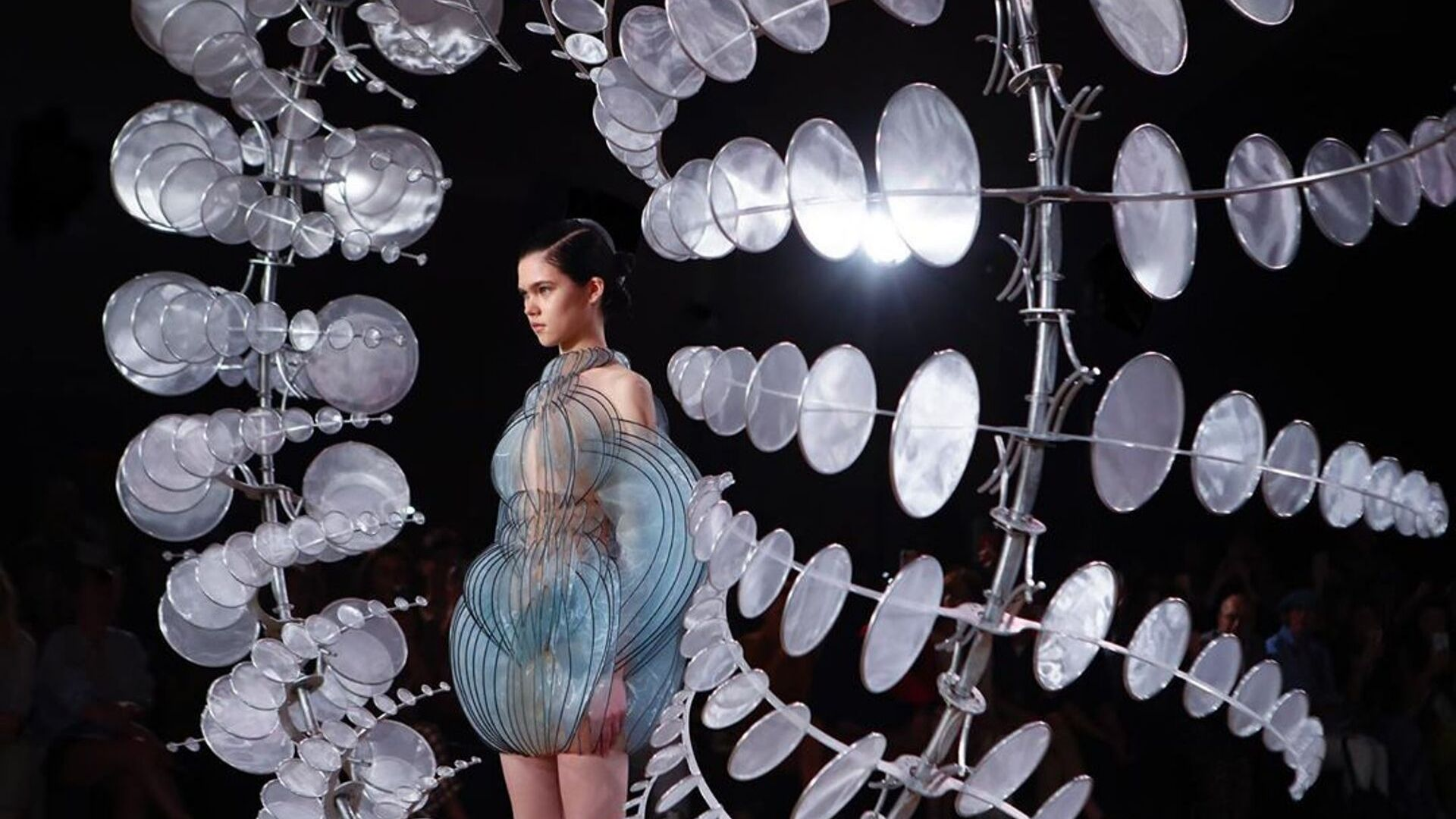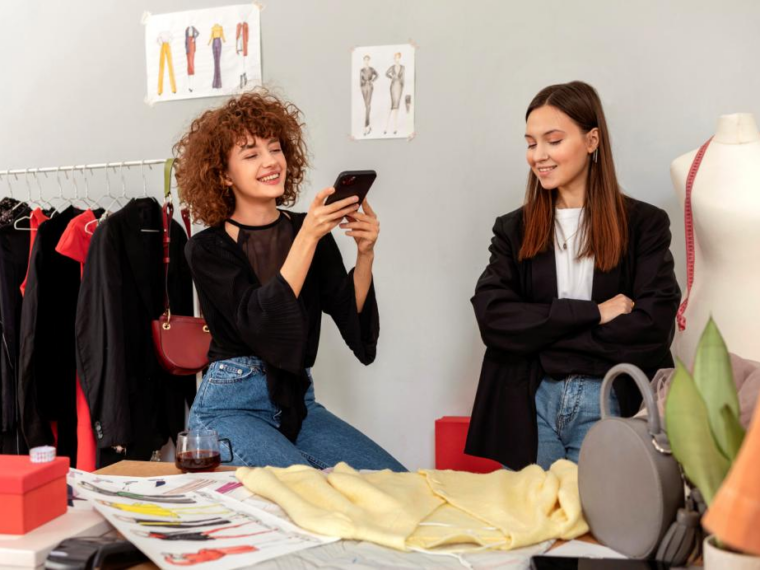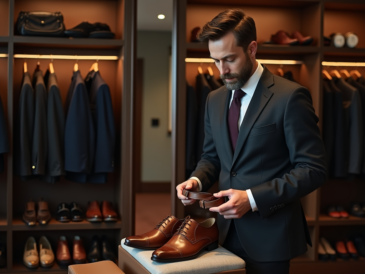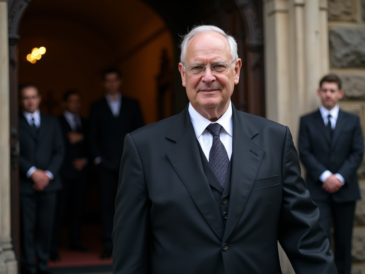In today’s world, digital influencers play a pivotal role in the fashion industry. From setting trends to influencing purchasing decisions, these online personalities have revolutionized how fashion is consumed and marketed. This article explores the significance of digital influencers in the fashion realm, their impact on traditional fashion practices, and how they shape consumer behavior.
The Rise of Digital Influencers

The concept of digital influencers emerged with the rise of social media platforms such as Instagram, YouTube, and TikTok. These platforms allowed individuals to reach vast audiences with their fashion opinions, styling tips, and trend forecasts. Unlike traditional celebrities, digital influencers have built their followings organically, often starting from scratch. This democratization of influence has allowed for a more diverse and inclusive representation of fashion.
How They Shape Trends
Digital influencers have a unique ability to shape trends instantly. Traditional fashion cycles, led by runway shows and fashion magazines, have given way to more immediate and reactionary trends driven by influencers. When a popular influencer showcases an outfit or accessory on their platform, it can quickly rise to prominence. Brands often leverage this power by collaborating with influencers for exclusive launches or spotlight campaigns. Influencers also utilize their authentic engagement with followers to create trends that resonate on a more personal, relatable level.
Impact on Fashion Brands
Fashion brands have increasingly relied on digital influencers for marketing and brand promotion. The direct connection influencers have with their followers allows brands to target specific demographics more effectively. Influencers often participate in sponsored posts, product reviews, and styling sessions, providing a direct line to consumers. This shift has seen brands allocating substantial portions of their marketing budgets to influencer collaborations rather than traditional advertising avenues like TV commercials or print ads.
-
Brand Visibility:
Partnerships with influencers significantly enhance brand visibility. -
Authentic Promotion:
Influencers provide a sense of authenticity in their endorsements. -
Targeted Marketing:
Brands can precisely reach their target audience through influencer collaborations. -
Increased Engagement:
Collaborations often lead to greater engagement and user-generated content.
Diversity and Inclusion
One of the most significant positive impacts of digital influencers on fashion is the increase in diversity and inclusion. Unlike traditional fashion media, the influencer space is more inclusive, featuring people of different body types, ethnic backgrounds, and genders. This shift has prompted fashion brands to embrace more diverse models and more inclusive sizing in their offerings, responding to the changing expectations of consumers who seek representation and inclusivity in fashion.
Challenges and Controversies
While the influence of digital influencers on fashion is largely positive, it does come with its own set of challenges and controversies. The authenticity of influencer endorsements often comes into question, especially when monetary compensation or free products are involved. Additionally, there are ethical concerns related to the promotion of fast fashion, which may encourage unsustainable consumer habits. Transparency in disclosures and an increasing focus on ethical collaborations are crucial steps toward addressing these issues.
Conclusion
Digital influencers have undeniably transformed the fashion industry, bringing in a wave of change marked by immediate trends, diverse representations, and more personalized consumer engagements. As their role continues to evolve, it is crucial for both influencers and brands to navigate the landscape responsibly, maintaining authenticity and promoting sustainability. The future of fashion will likely see even greater integration between digital influencers and traditional fashion entities, leading to an industry that’s more inclusive, dynamic, and consumer-focused.
FAQs
1. How do digital influencers earn in the fashion industry?
Digital influencers earn through various means, including sponsored posts, brand collaborations, affiliate marketing, and ad revenue from platforms like YouTube. Many influencers also launch their own product lines or offer exclusive content through subscription services.
2. Can anyone become a fashion influencer?
While anyone can aspire to become a fashion influencer, building a significant following requires consistent content creation, a unique personal style, and engagement with the audience. Success also depends on understanding current trends and effectively using social media platforms.
3. What makes an influencer trustworthy?
Trustworthiness in influencers often comes from transparency, authenticity, and consistency. Followers tend to trust influencers who are honest about their endorsements, genuinely passionate about their recommendations, and consistent in their messaging.
4. How do influencers contribute to sustainable fashion?
Influencers contribute to sustainable fashion by promoting eco-friendly brands, sharing tips for sustainable living, and raising awareness about the environmental impact of fast fashion. Their endorsements can drive consumer demand for sustainable products.
5. What is the future of fashion with digital influencers?
The future of fashion with digital influencers looks promising, with more integrated and collaborative efforts between traditional fashion entities and influencers. Expect increased focus on personal branding, sustainability, and direct consumer engagement through digital platforms.





